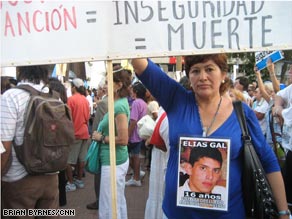Bloomberg News reported that "the national jobless rate rose to 8.1 last month, the highest in more than a quarter century, and the economy has lost 4.4 million jobs since the recession began in December 2007." Chairman Bernake said on 3/10/09, that it was “certainly within the realm of possibility” that average unemployment nationwide could rise above 10 percent and stay there for a period of time, reported, Bloomberg.

Source: Bloomberg.com
The Index measures the US unemployment rate on a monthly basis on an seasonally adjusted level. The unemployment rate represents the number unemployed persons as a percent of the labor force. Each month approximately 60,000 sample households are interviewed (a portion is done via telephone) during the week that includes the 12th of the month. Not Seasonally adjusted.
Regional unemployment is climbing in certain areas that include California. Bloomberg reported today, "California’s jobless rate surged in February to the highest level since 1983 while unemployment in Oregon and Nevada climbed above 10 percent for the first time in more than two decades. Unemployment in California rose to 10.5 percent from 10.1 percent in January, its Employment Development Department reported today in Sacramento. Neighboring Oregon’s jobless rate rose a full percentage point to 10.8 percent, and Nevada’s increased to 10.1 percent."



